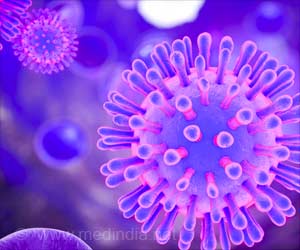Glaucoma is currently diagnosed by assessing the thickness of the nerve fibres projecting from the RGCs to the brain.

‘The new technique not only enabled to visualise individual RGCs, but even the structures within the cells like nuclei could also be distinguished in animals.’





Glaucoma is currently diagnosed by assessing the thickness of the nerve fibres projecting from the RGCs to the brain. However, by the time retinal nerve fibre thickness has changed detectably, a patient may have lost 100,000 RGCs or more. "You only have 1.2 million RGCs in the whole eye, so a loss of 100,000 is significant," said David Williams from the University of Rochester in New York, US.
"The sooner we can catch the loss, the better our chances of halting the disease and preventing vision loss," Williams added.
For the study, the team modified an existing technology -- known as confocal adaptive optics scanning light ophthalmoscopy (AOSLO). They collected multiple images, varying the size and location of the detector they used to gather light scattered out of the retina for each image, and then combined those images.
The results showed that the technique not only enabled to visualise individual RGCs, but even the structures within the cells like nuclei could also be distinguished in animals.
Advertisement
"This technique offers the opportunity to evaluate many cell classes that have previously remained inaccessible to imaging in the living eye," Ethan Rossi, Assistant Professor at the University of Pittsburg in the US, noted in the paper appearing in the journal PNAS.
Advertisement










